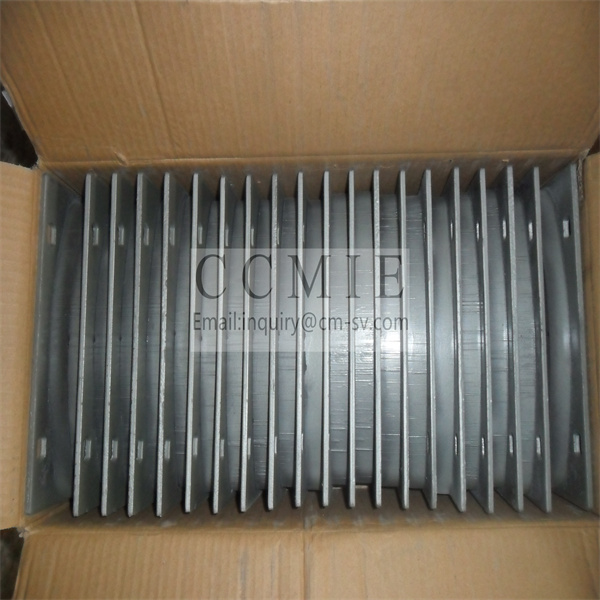Applications
Chinese XCMG ZL50GN Brake pads, Chinese XCMG LW300KN Brake pads, Chinese XCMG LW500FN Brake pads, Chinese XCMG LW400FN Brake pads, Chinese LIUGONG LW600KV Brake pads,Chinese XCMG LW800KV Brake pads, Chinese SANY SW966K Brake pads, Chinese SANY SYL956H5 Brake pads, Chinese SANY SYL953H5 Brake pads, Chinese LIUGONG SL40W Brake pads.

